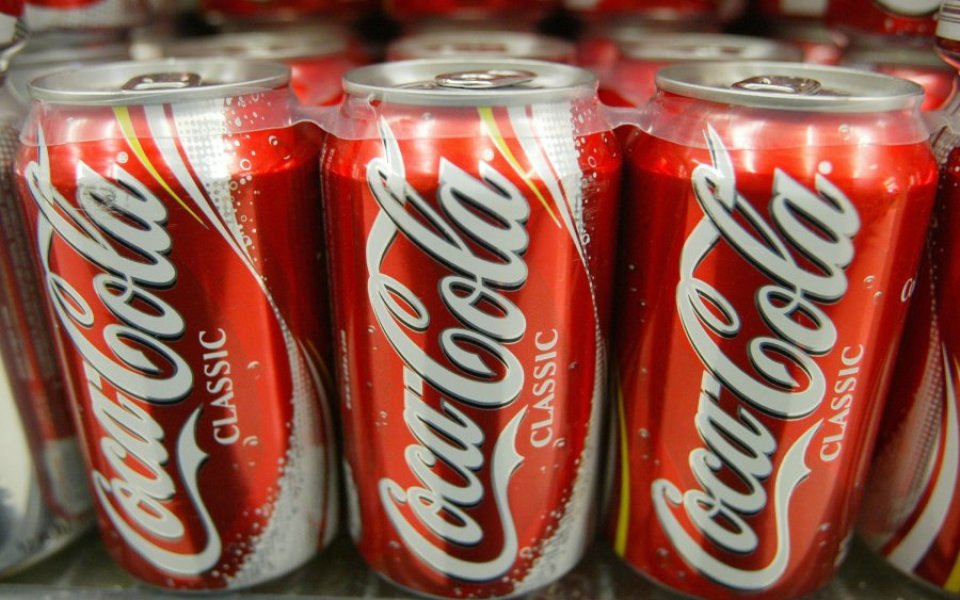Warren Buffett values companies with strong brands: Should you?

Coca-Cola, American Express, Heinz, Warren Buffett is a well-known advocate of buying and holding familiar companies with strong brands. “The dynamics of capitalism guarantee that competitors will repeatedly assault any business ‘castle’ that is earning high returns,” he wrote in 2007. “Therefore a formidable barrier such as a company being the low-cost producer or possessing a powerful world-wide brand is essential for sustained success.”
The long-term returns that such “brand” businesses (typically consumer goods firms) have delivered investors have been substantial. The Walt Disney Company has risen 919 per cent since 1990, Coca-Cola by 808 per cent, and Colgate 1,724 per cent against the S&P 500’s 460 per cent. In the UK, firms like Diageo and Unilever have also done well over the long term.
Brand-name businesses aren’t immune from the forces that buffet other companies, of course. But proponents of buying and holding them argue that, because they tend to sell non-discretionary products or services, they are typically less cyclical than other investments. Well-managed brand-name companies are also likely to deliver steady earnings growth, even if nothing spectacular (although more aspirational brands with appeal in emerging markets have grown rapidly in recent years).
“I do believe there is a very strong case for backing quality consumer brands. Brand loyalty is a powerful intangible asset that provides a very high barrier to competition and powerful counterbalance to price,” says Jason Hollands of Tilney Bestinvest. While wary of “highly commoditised businesses where margins are thin and where a company can be vulnerable to aggressive pricing strategies from new entrants”, Hollands is positive on the likes of Unilever, L’Oreal and luxury brands group Richemont.
But is it really the brand as such that is driving value for investors? Research by brand valuation consultancy Brand Finance suggests that it is.
Intangibles
Intangible assets, like brands, are clearly hard to value. Can you put a price on name recognition or customer loyalty, or attribute a value to stronger employee retention? During mergers and acquisitions, intangibles will be capitalised, but otherwise “brand value” will not be listed on a company’s balance sheet. There are, however, standards by which brand values can be estimated and valuation agencies, both independent firms and big marketing networks, use them alongside proprietary measures to come up with specific numbers.
This week, for example, Brand Finance released its Global 500 2016 report, an analysis of the world’s most valuable brands. Apple came out on top in terms of raw value: its brand estimate for 2016 was a huge $145.9bn, a rise of 14 per cent from 2015. Other top-ranking firms included Google ($94.18bn), Samsung ($83.18bn), Amazon ($69.64bn), and Microsoft ($67.26bn).
The consultancy also has its own measure of brand strength, which scores brands out of 100 and which is then used to give firms a credit rating agency-like letter grade – from D to AAA+. Disney came out on top in 2016, followed by Lego, L’Oreal, PwC and McKinsey.
So far, so interesting. But how does this relate to the stock market?
Outperformance
Brand Finance has looked at the retrospective performance of those companies that, between 2007 and 2015, had a brand value that was at least 30 per cent of their total “enterprise value” (simply the value of the whole company). According to its research, compared to an average return across the S&P 500 of 49 per cent between 2007 and 2015, investors could have generated returns of 94 per cent just by picking those “highly branded firms”.
Of course, these figures are a snapshot, and eight years is probably not a long enough period over which to establish anything for certain. Hollands points out that lots of factors could have meant that consumer goods companies outperformed since 2007, including ultra-accommodative monetary policy. “Low rates have kept consumers shopping rather than saving or deleveraging their balance sheets, and rising asset prices have made those with wealth wealthier and more inclined to spend, spend, spend on branded goods”.
Nevertheless, the figures provide food for thought, particularly in an environment in which returns are hard to come by.